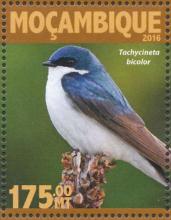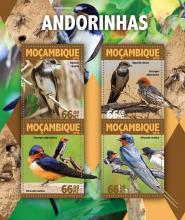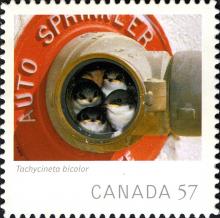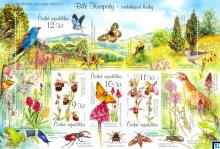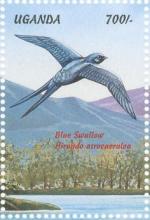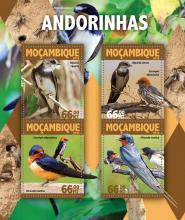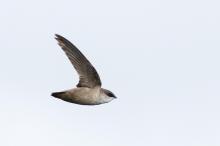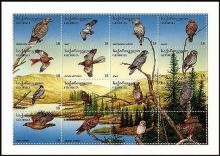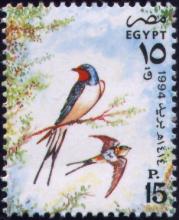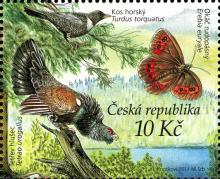Agricultural Intensification and Innate Immune Function in a Wild Bird Population
Agricultural intensification is an important anthropogenic perturbation of the environment. It is characterized by a specialization of the production process, which results in a switch from diverse plantations to large monocultures. Agricultural intensification is also associated with increased use of pesticides, harvest frequency, and density of plantations in cultivated areas. This type of practice is linked to the population decline of several bird species in Europe and North America.

